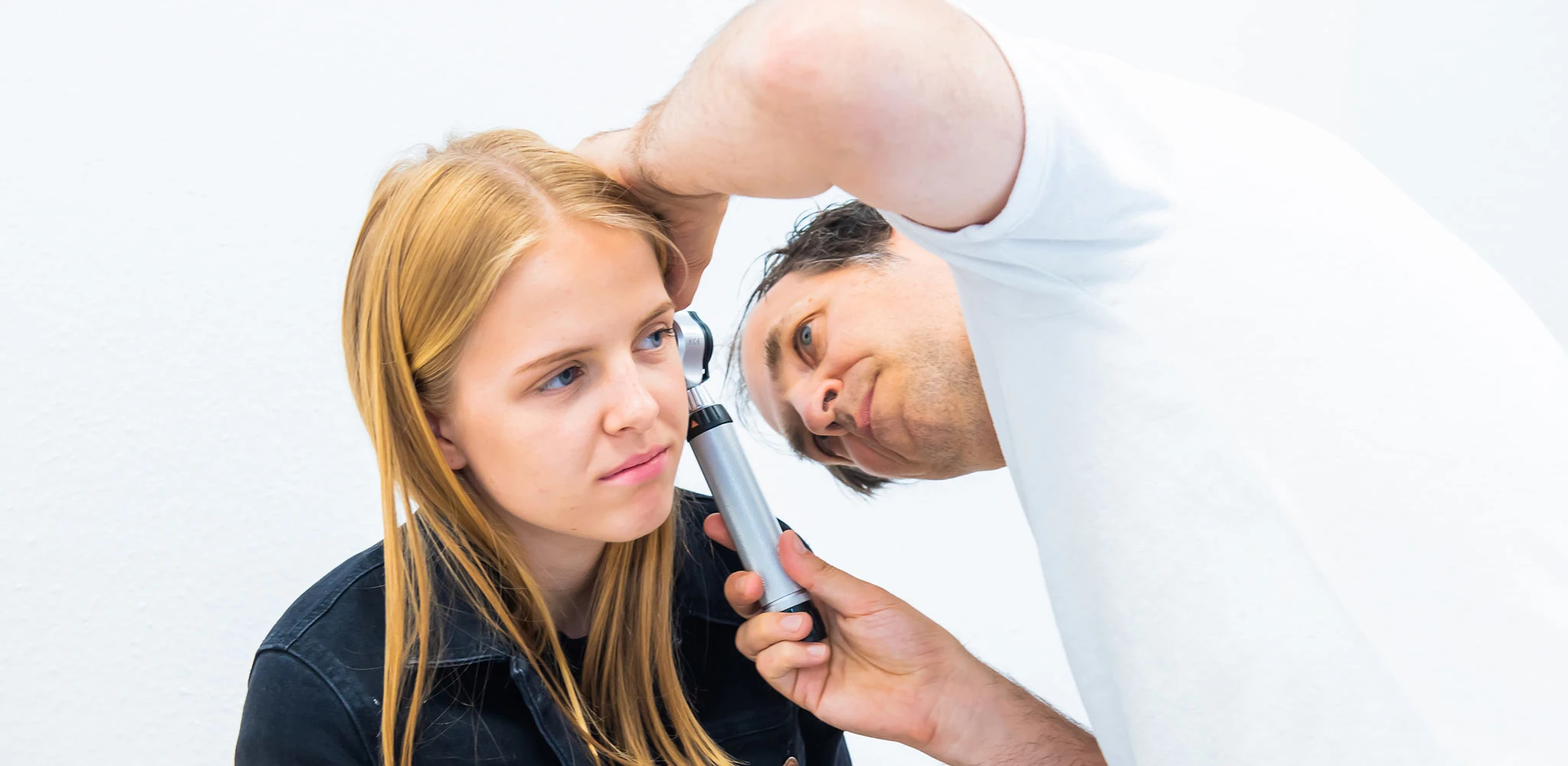Important and unimportant at the same time: the fontanelle
Today a topic that isn't really a topic at all: the fontanel. In other words, the gaps in the bony skull of babies. Although it has no medical significance, there are always questions about it. So here's everything you need to know about the fontanel.
So, we're talking about the fontanelles, the gaps in the baby's skull bone. These have a very important function: it is only thanks to them that the head in the womb has a certain plasticity, i.e. mouldability. This is necessary because the head is squeezed in different directions during the birth process. If the skull were not flexible, the children would not be born at all.
When they are born, the fontanelles remain open for the time being. The small posterior fontanel usually closes in the first quarter to six months. The front one, usually the larger one, often closes in the course of the first year of life, but may well remain open until the second year. Only if it is still open after the second birthday is there a reason to talk to your paediatrician about it. In most cases, there is nothing serious behind it, but it should be looked at.
We paediatricians routinely look at them anyway as part of our check-ups.
Many people are afraid that the fontanel is a gateway for injuries. However, even if these areas are not covered by bone, in 17 years of practice we have never had a child's fontanel burst or an injury to the head, for example because a sibling pushed or hit a wooden block on the head.
We often read and hear that the fontanel is used to assess a child's health. A sunken fontanel means that the child has not drunk enough, a bulging fontanel indicates an infection. But in fact, this is at the very, very bottom of the list of things we use to assess a child's health. If a child shows signs of dehydration, there are much clearer indications. Even if a child shows signs of a serious infection, there are much simpler and clearer signs than looking at the condition of the fontanel.
Conclusion: The fontanel exists, but it has no real significance in everyday life. For you as parents, it is only important to know what the fontanel is. Medically, it is basically insignificant.
Further interesting tips
Eye screening
Today we are talking about a very important device in our practice: the eye screening device! We use this to check the eyes of small children from ten to twelve months of age. It is a far-sighted examination - because serious visual defects can be recognised and treated in good time.
Sauna with a child?
From a medical point of view, there is no question that going to the sauna is a healthy thing to do. Regular sauna sessions strengthen the immune system and do something good for the cardiovascular system. But is it also good for children? And if so, from what age?
Pneumonia
Complicated topic: pneumonia in children. Why complicated? Because it often causes extreme anxiety in parents. However, in most cases this is not necessary.
